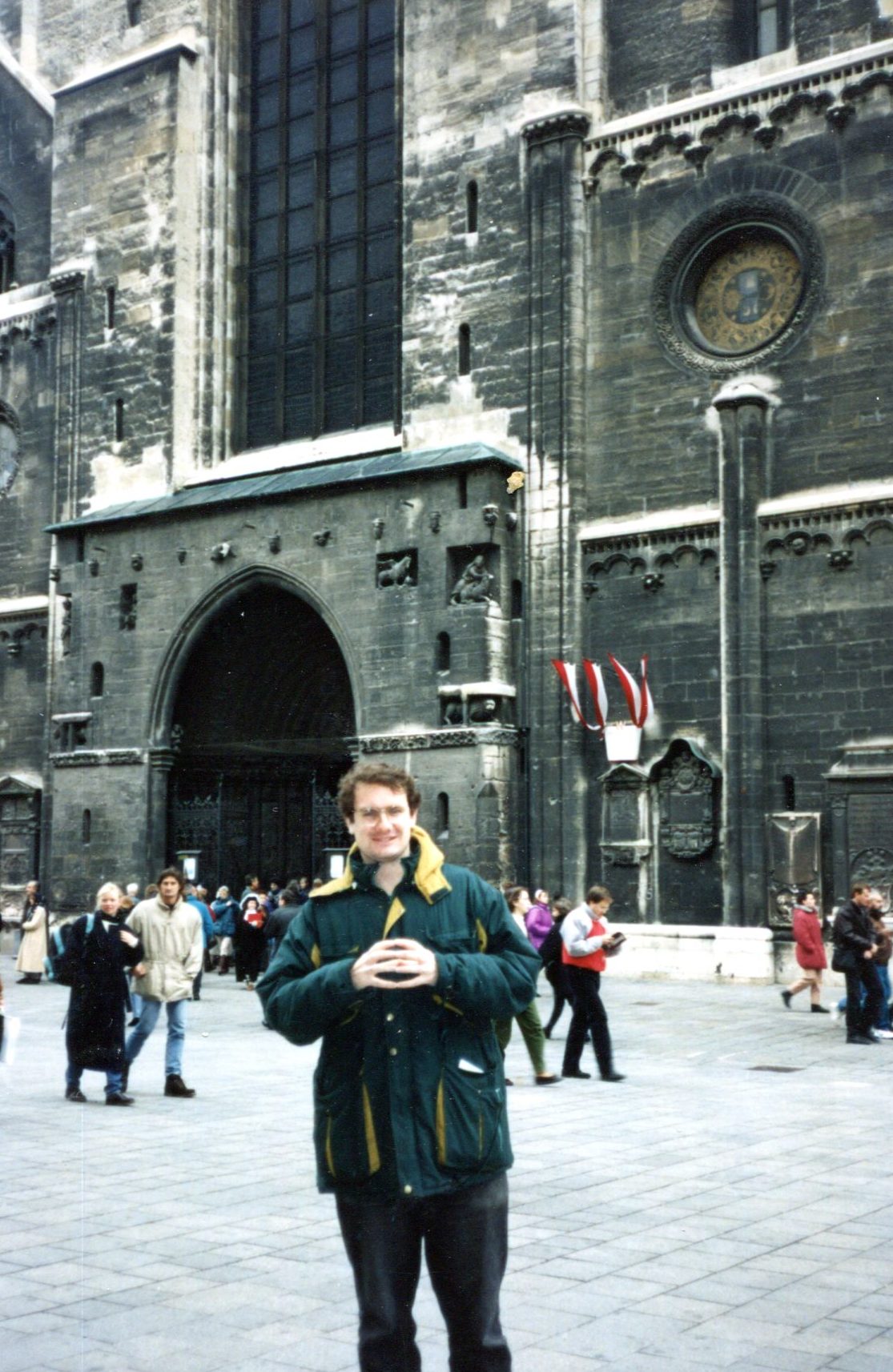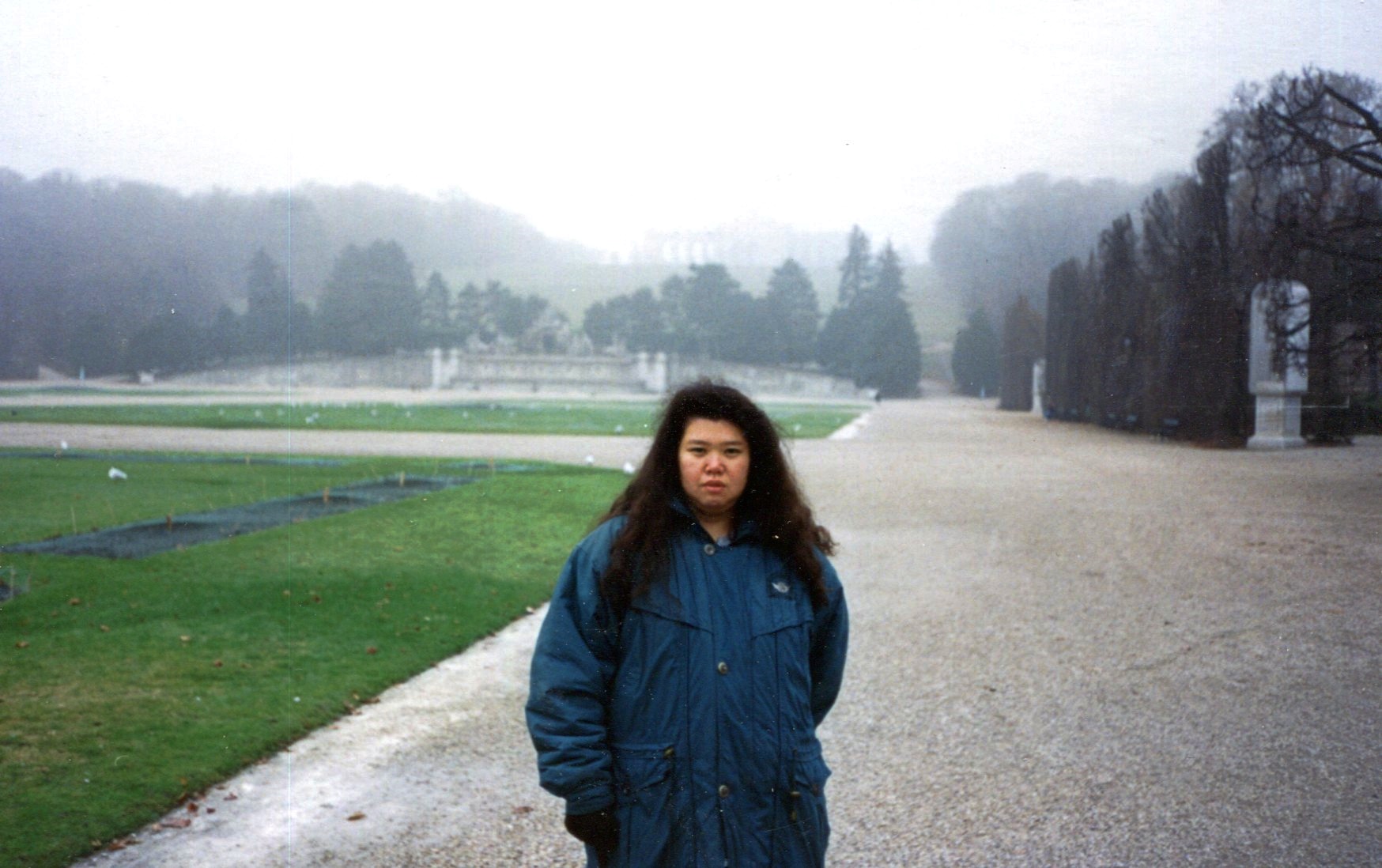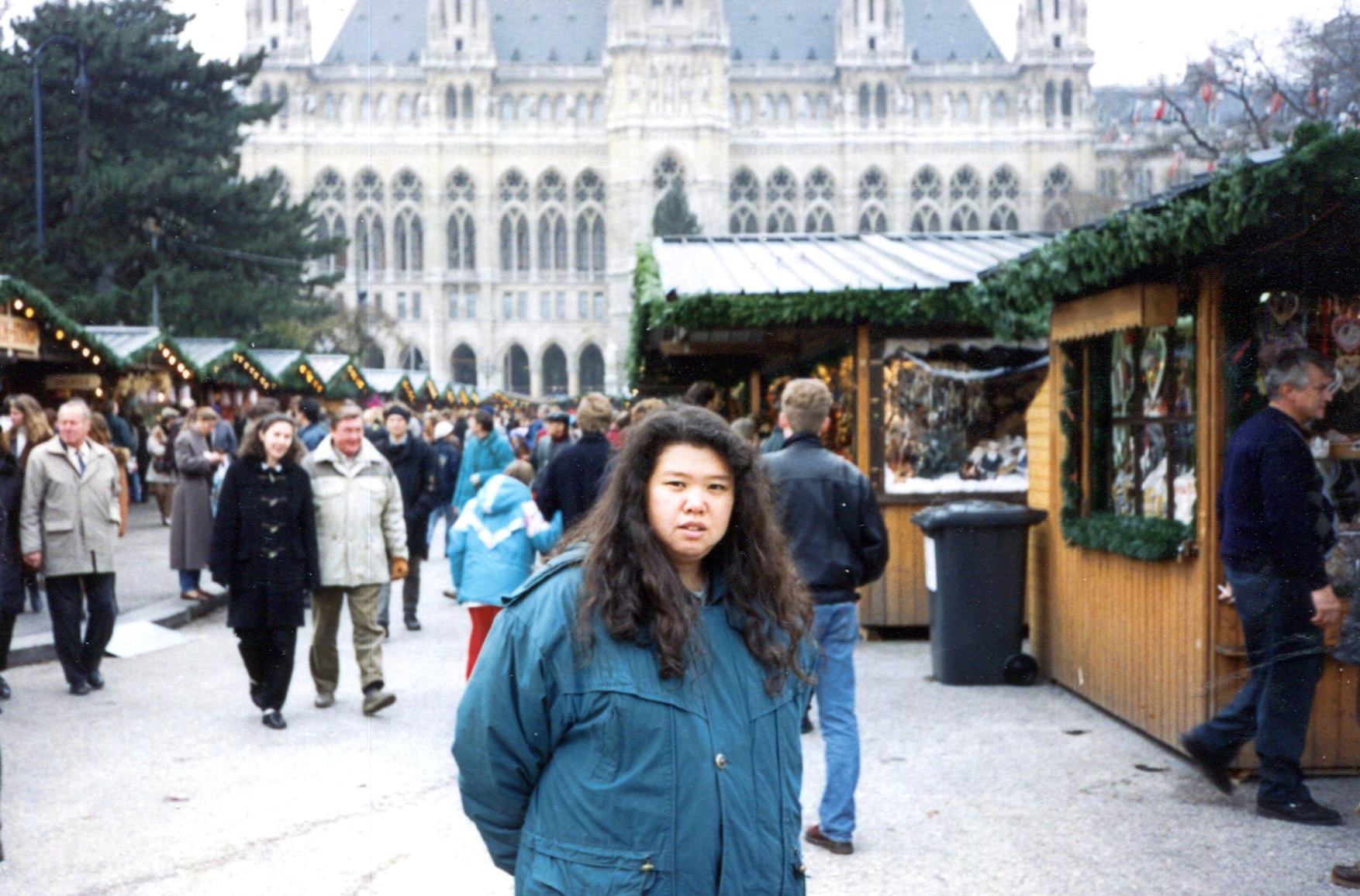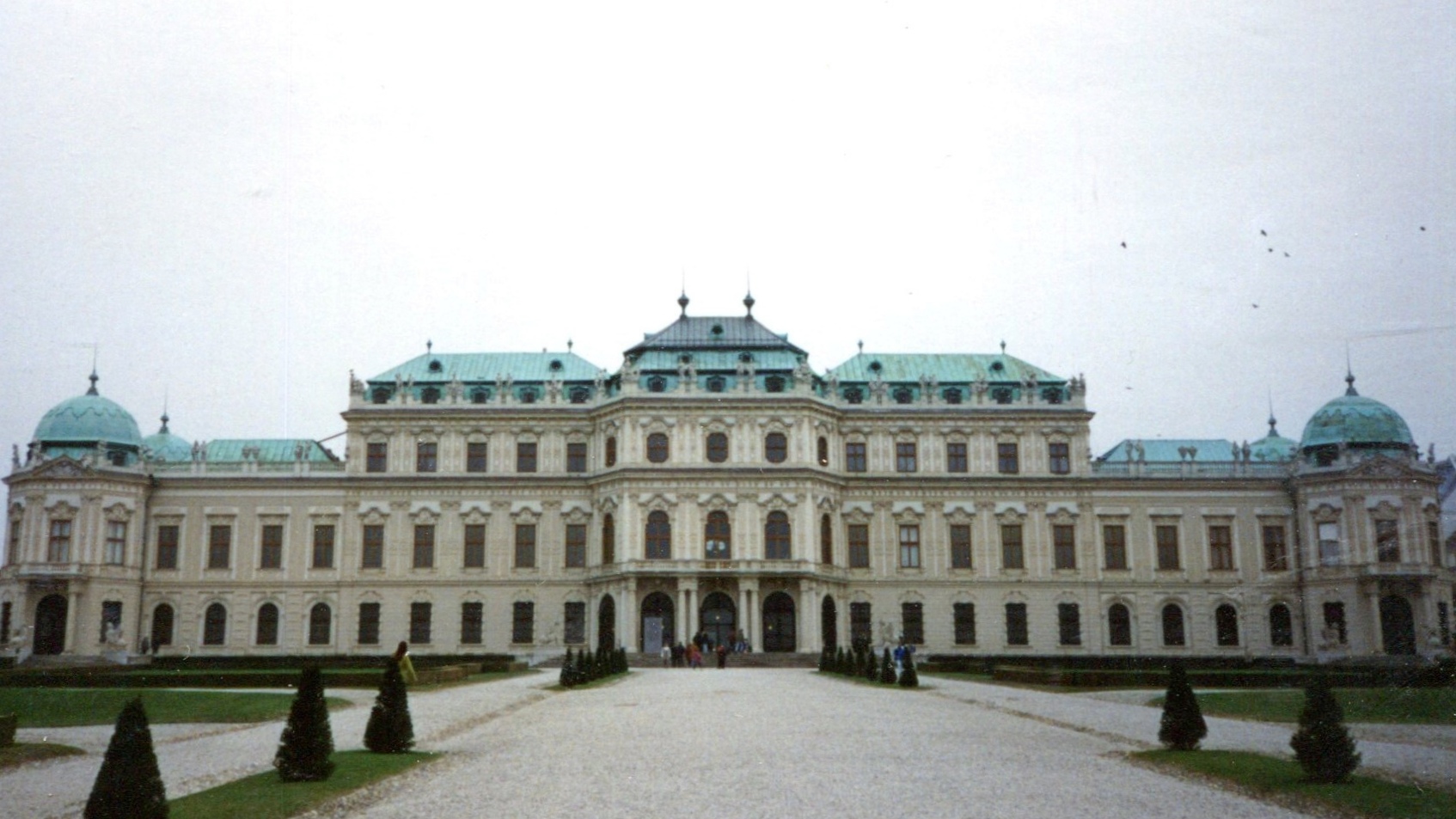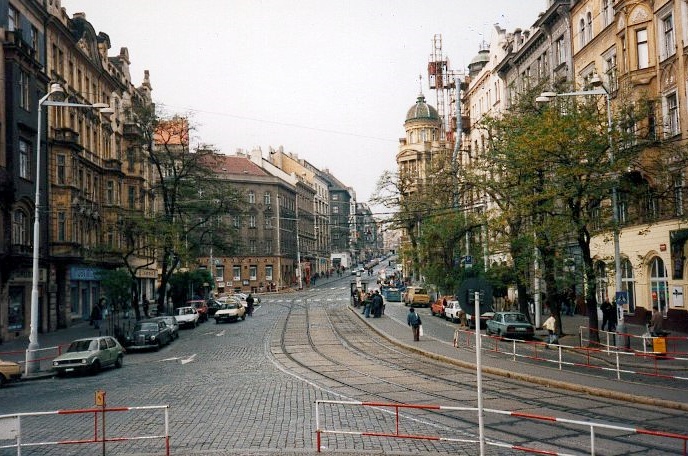To mark the spring equinox, winter pulled hard in the tug o’ war between it and spring, with snow falling overnight. By day, spring pulled back, melting most of the snow.
The weather during almost all of our trip turned out better than expected. Japan was dry and fairly chilly some days, but not others, even up north in Tokyo. As for north-central India, February is a good time to visit: slightly cool at night, warm or very warm during the day, and no rain at all, much like the days we spent in Mexico City. Later in the year, I understand, heat begins to oppress the region and soon the monsoon comes. In Dubai: consistently warm, almost hot in the afternoons, but never unbearable desert heat, which will come soon enough as well.
Germany and the Czech Republic were a pleasant surprise, mostly. During the first few days, temps were cool but not cold. The warmish Saturday Jay and I went to Museumsinsel, Berliners were out in numbers, sitting and lying around on the green space next to the Berliner Dom. Only toward the end of our visit did it get as cold as we’d expected, just above freezing, and there was light rain the day we returned to Berlin from Prague, and a little more the cold morning we left.
The day I got back to northern Illinois was warm and pleasant, until it wasn’t. That tug o’ war in action.
The very first thing I wanted to see in Berlin this time around was the Brandenburg Gate (Brandenburger Tor). I’d seen it before, of course, but let’s say the circumstances were a little different. On July 8, 1983, I wrote, a little confusingly:
The gallery [National Gallery] wasn’t that large, which was a virtue, and later we headed for the Reichstag to catch a bus. En route we passed as close to the Brandenburg Gate as you can without getting shot at.
I suppose I meant that we walked from the western National Gallery just south of the Tiergarten – not the National Gallery building in the east, since we didn’t visit East Berlin until the next day – to the Reichstag building, then a museum, to catch a bus westward, toward our hostel. Such a walk would take you within sight of the Brandenburg Gate, but not next to it, since the gate was in the east, behind the Wall.
These days, one can stroll right up to the Brandenburg Gate and pass under it. A lot of people do. Jay and I did on March 7.


Pass through going west, and pretty soon you’re within sight of the Reichstag building.
The ghost of the Berlin Wall runs through the platz behind the Reichstag.

The front of the Reichstag building.
Unlike 40 years ago, when you could wander in and see a few rooms, going in these days involved timed tickets and other rigmarole, so we didn’t bother. Instead we repaired to a small establishment a short ways into the Tiergarten for refreshments. In my case, a soft drink I’d never heard of before, though I could have encountered it in its place of origin, Vienna. Not bad.
The Brandenburg Gate has been the site of a goodly share of history since Friedrich Wilhelm II had it built, such as Napoleon parading through (and swiping part of it), soldiers posted atop during the Spartacist uprising, and President Kennedy not really calling himself a jelly doughnut nearby.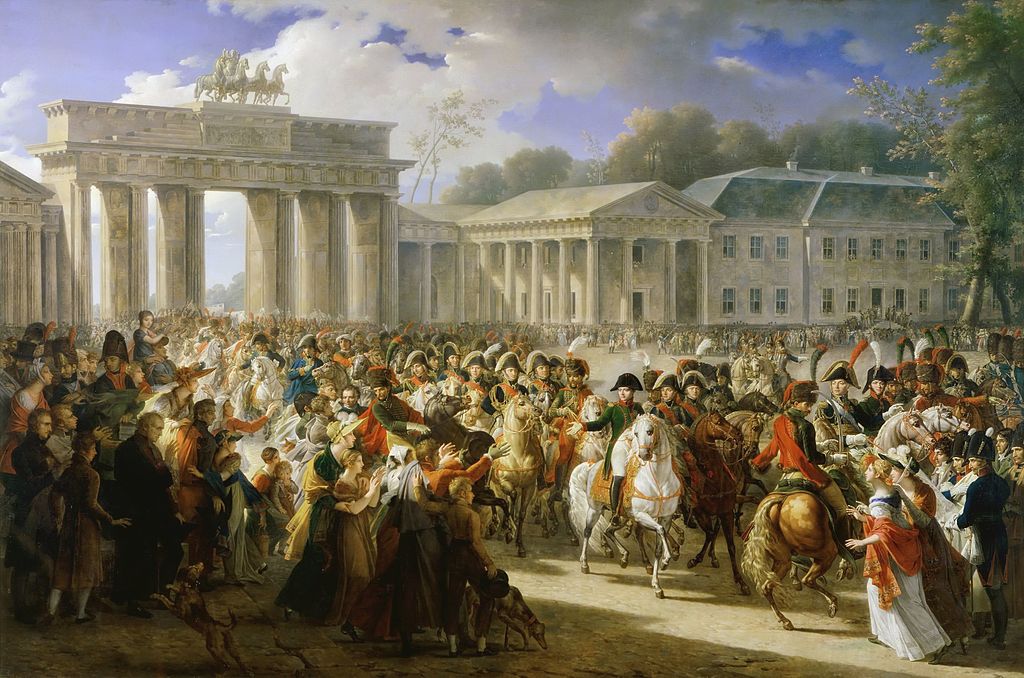
Events continue. Late afternoon on the 9th, we saw one ourselves, a rally to the west of the gate, voicing German support for Ukraine.

The gate was catching the setting sun about then.
Nice. Glad to make it to post-reunification Berlin.
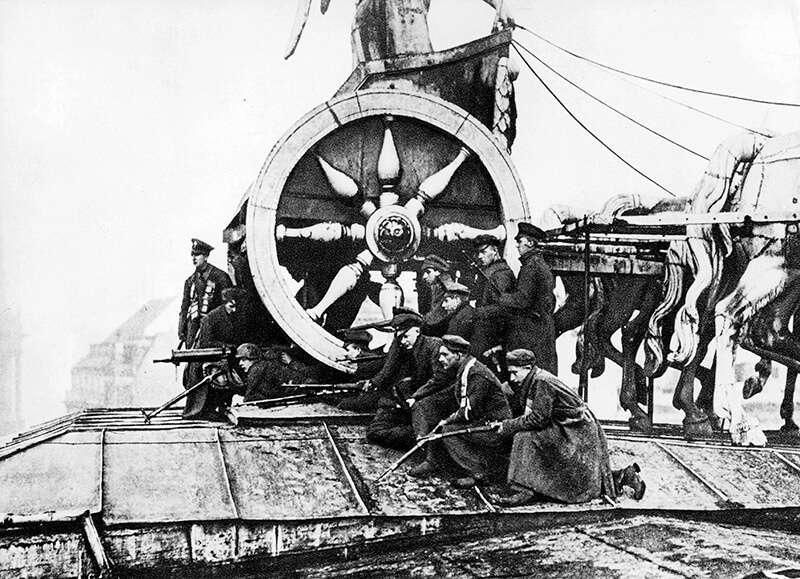
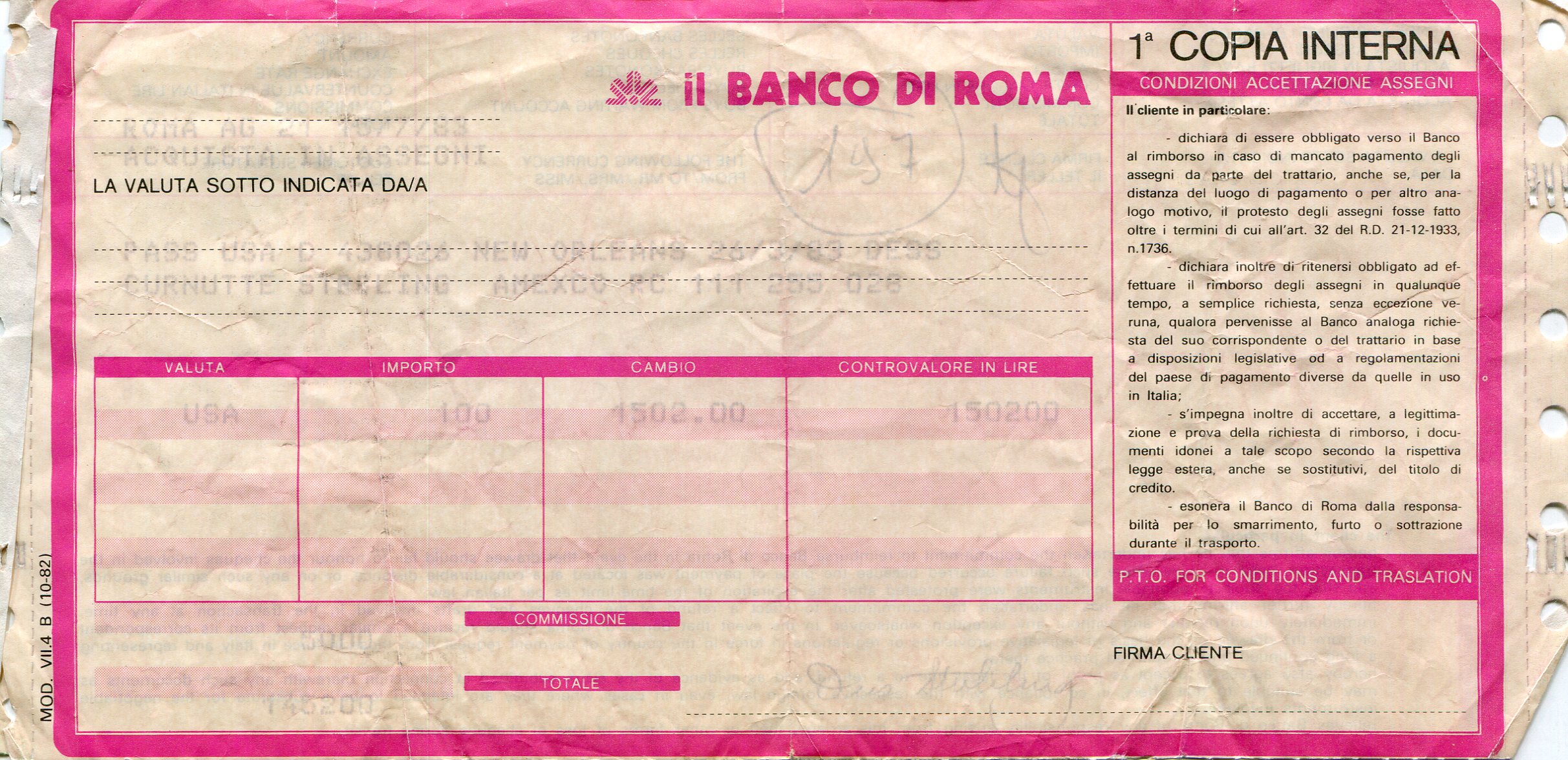


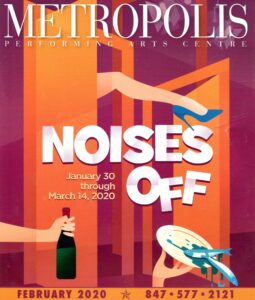
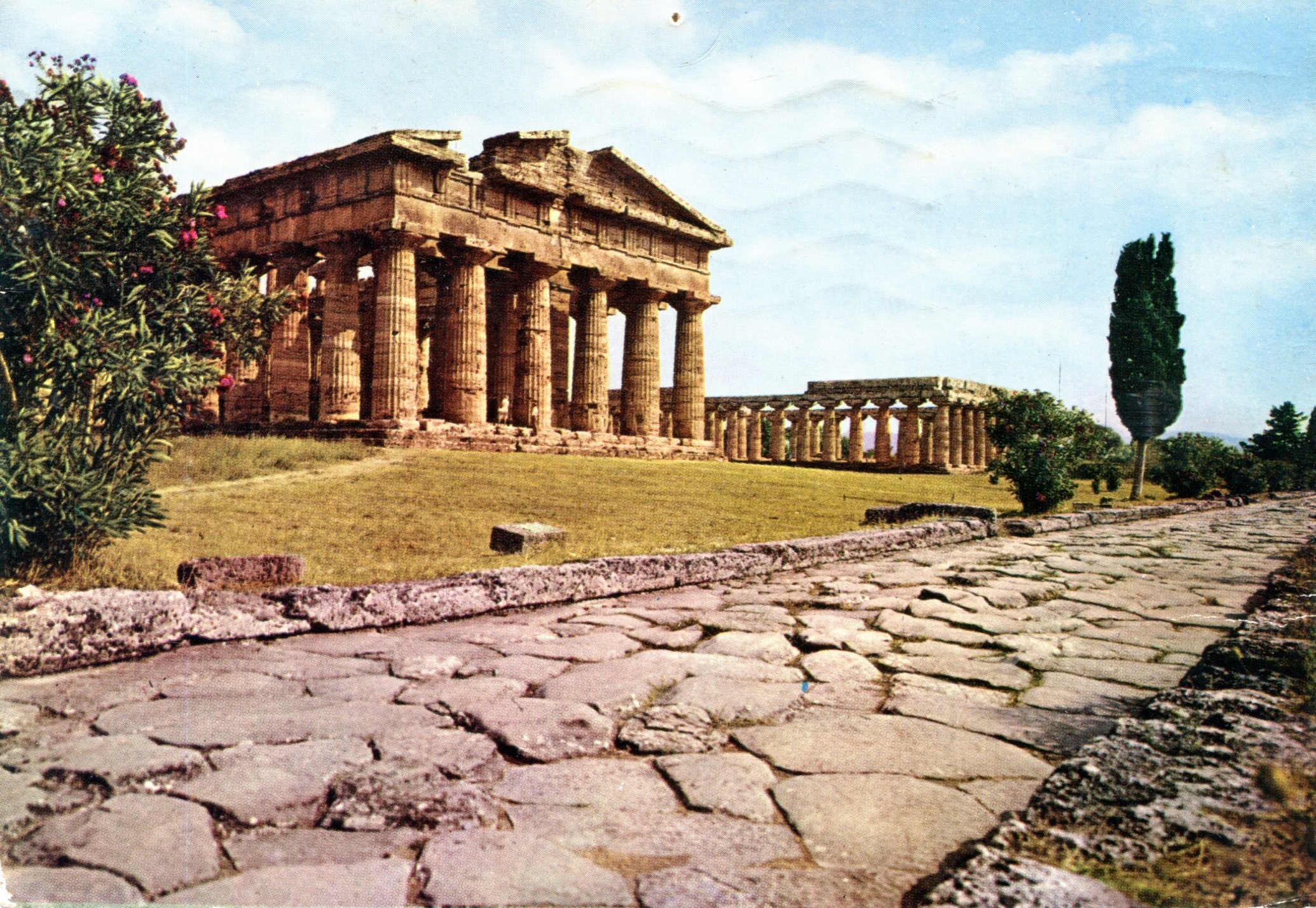
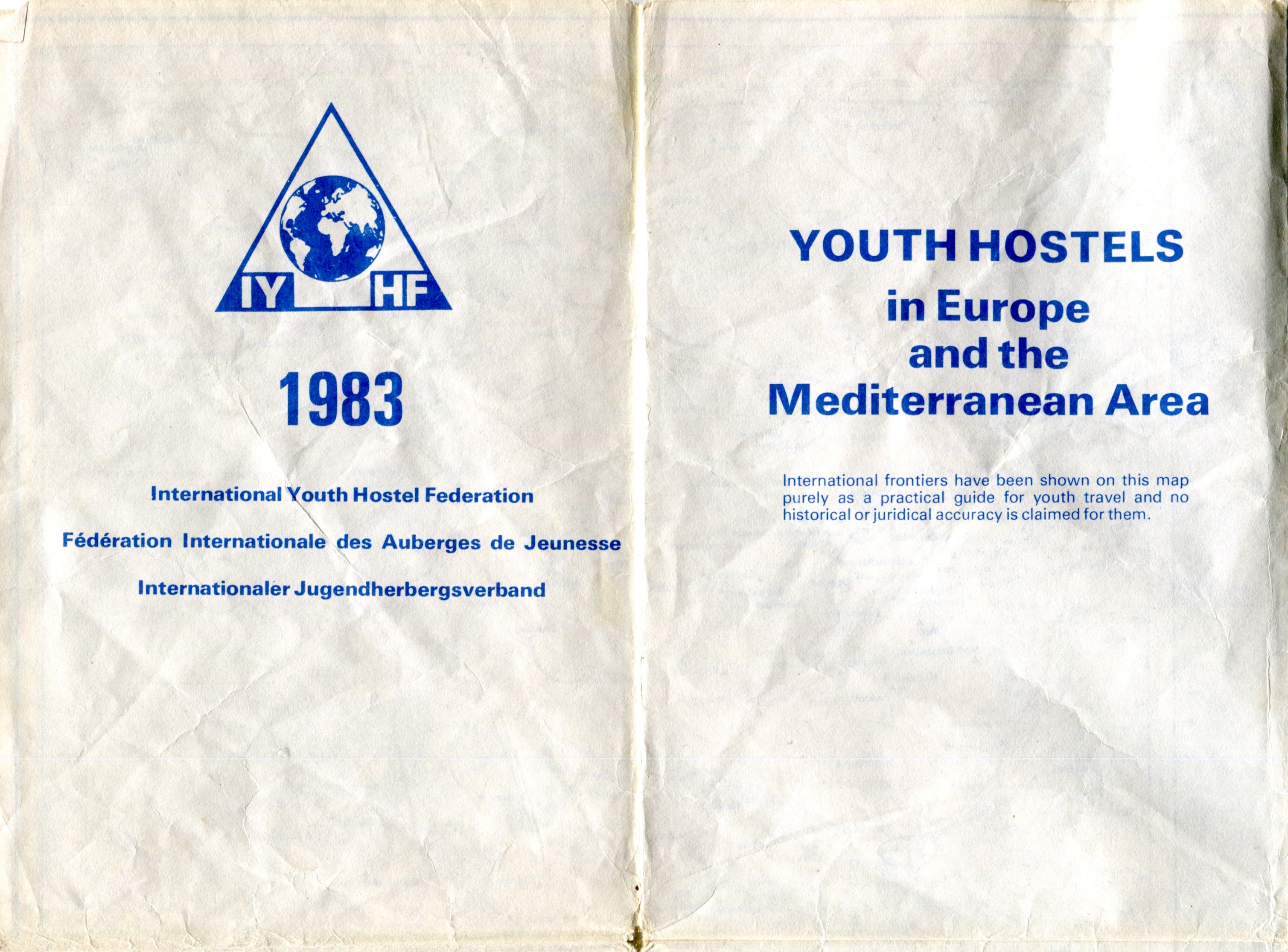
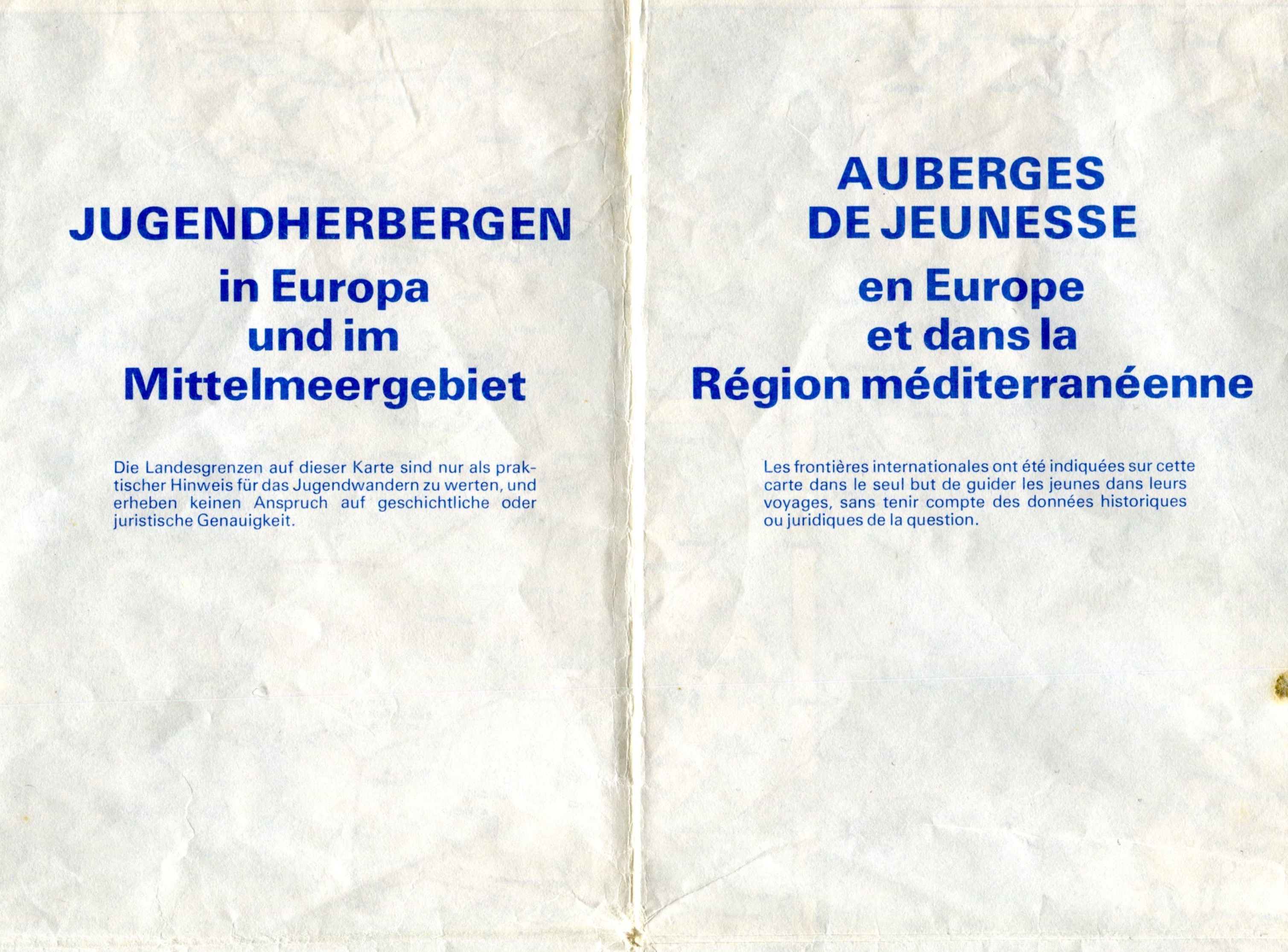


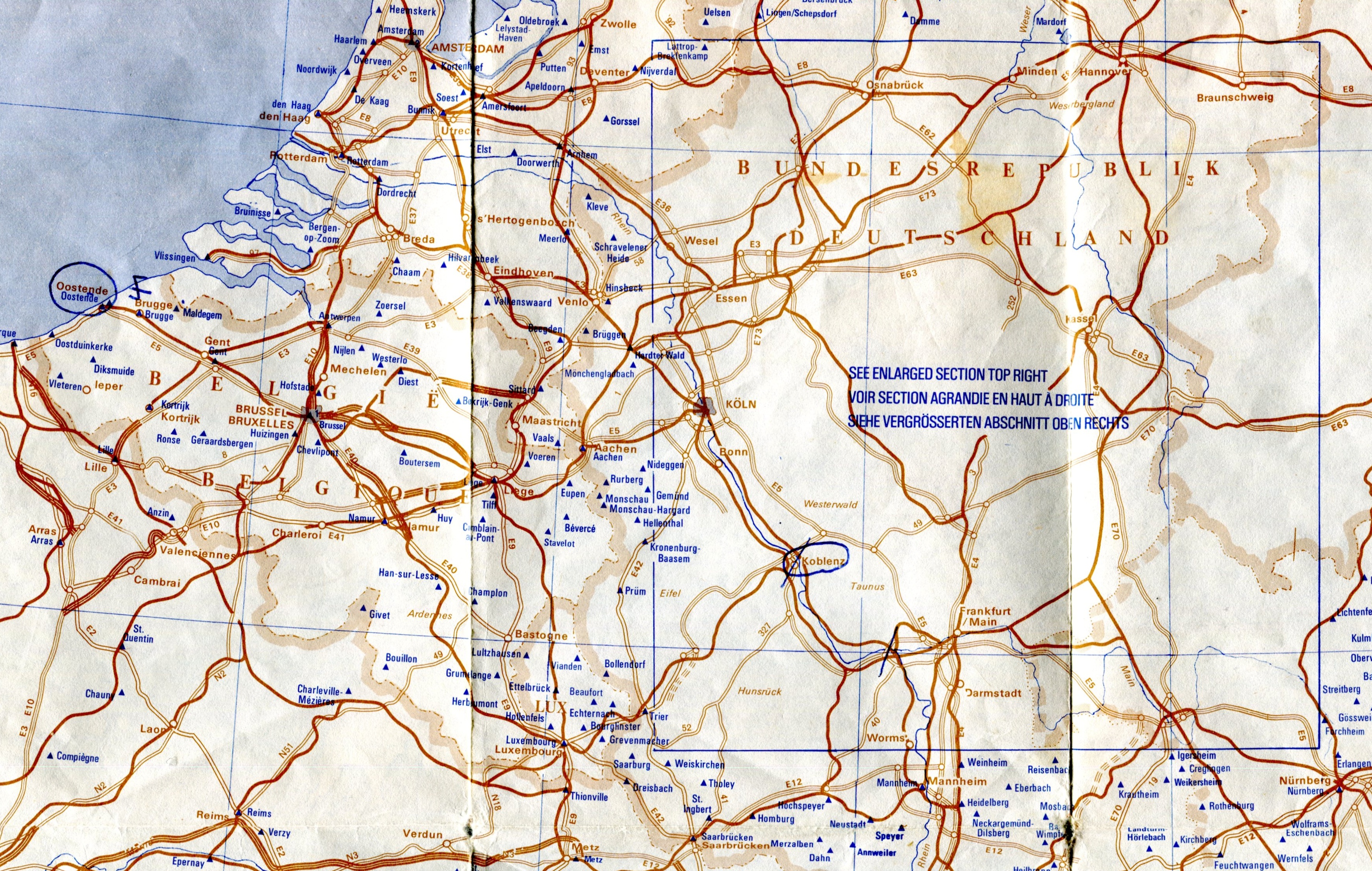
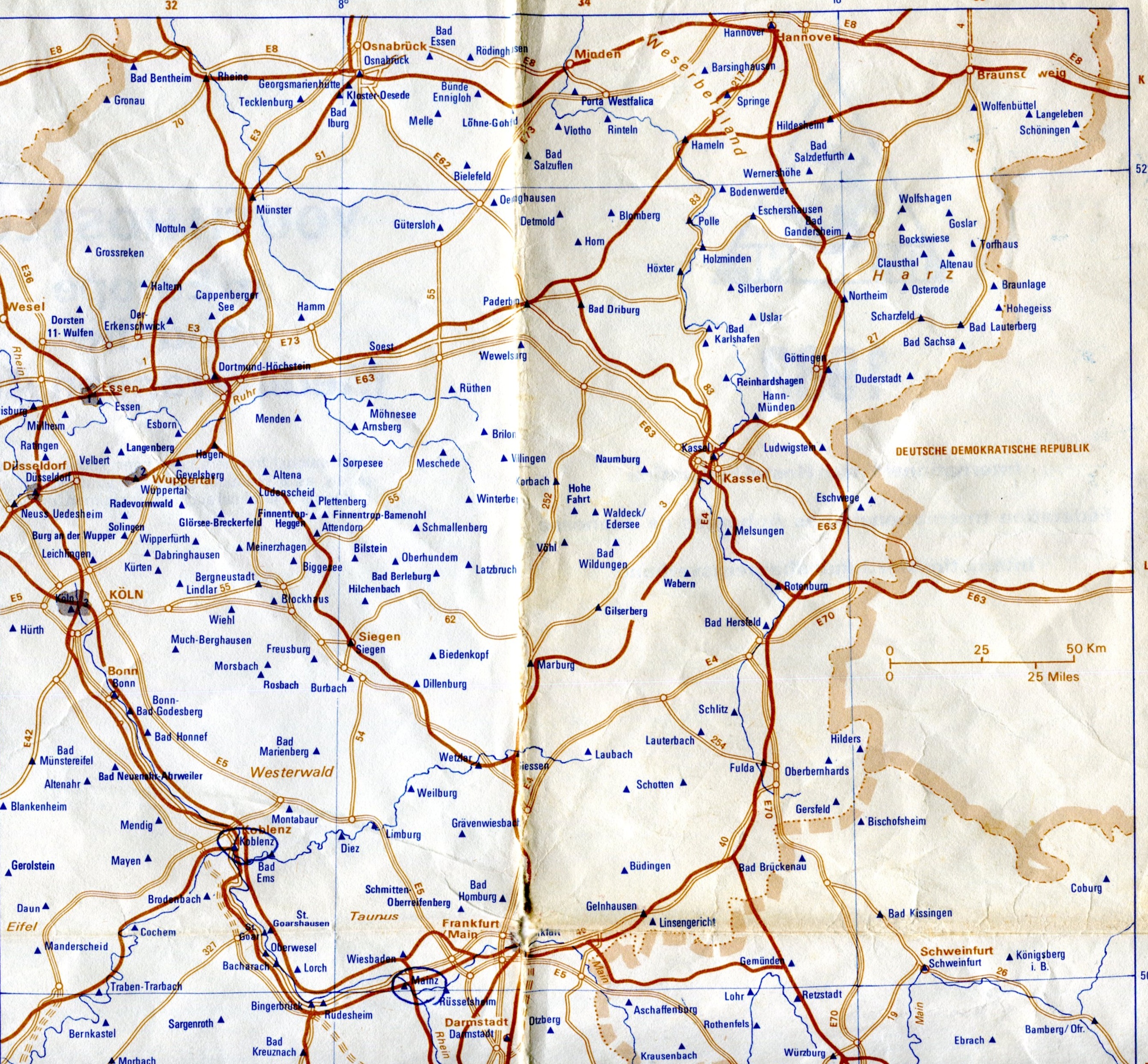
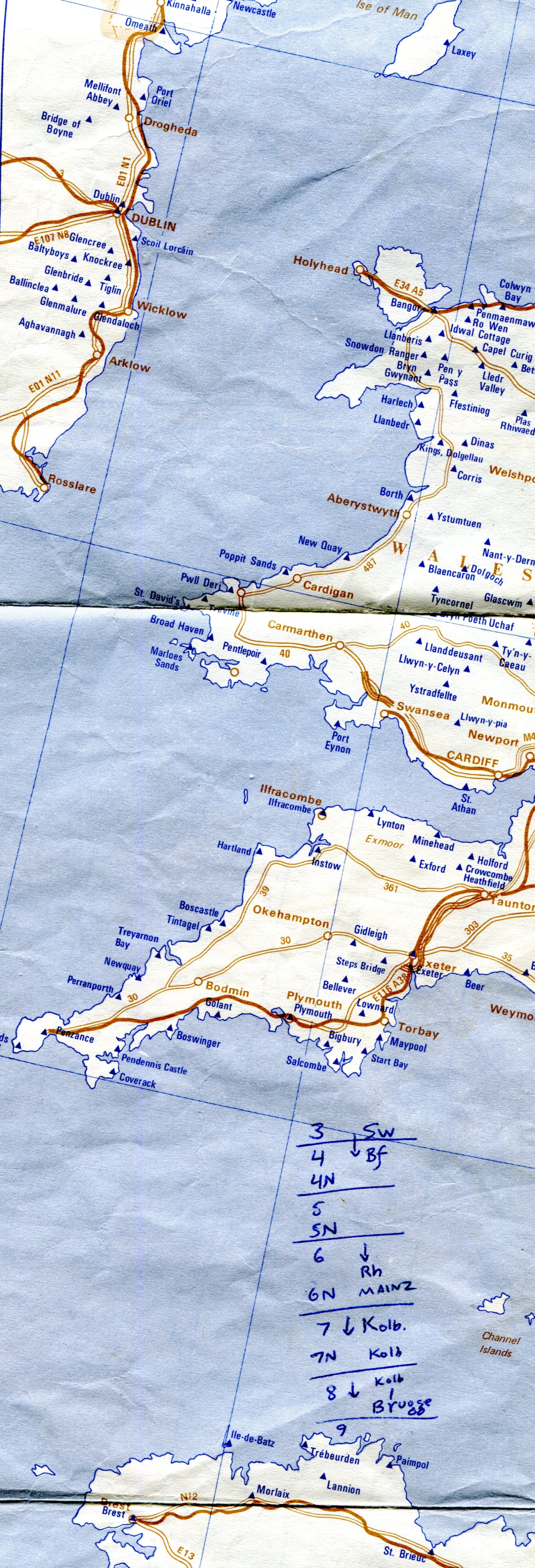

 The note is also small in size. Interestingly, exactly four inches long and two-and-a-half inches tall. Odd, I would have thought that the sides measure evenly in centimeters rather than inches.
The note is also small in size. Interestingly, exactly four inches long and two-and-a-half inches tall. Odd, I would have thought that the sides measure evenly in centimeters rather than inches.